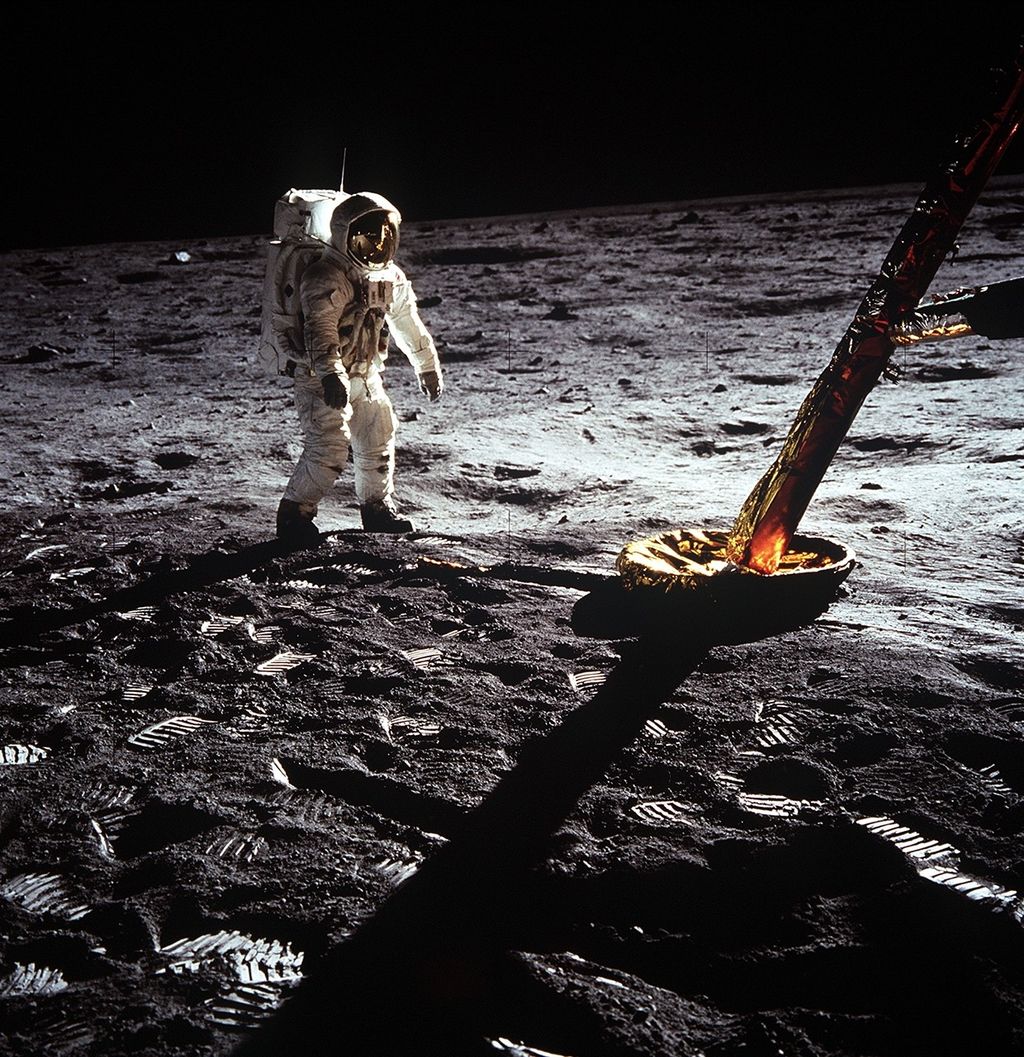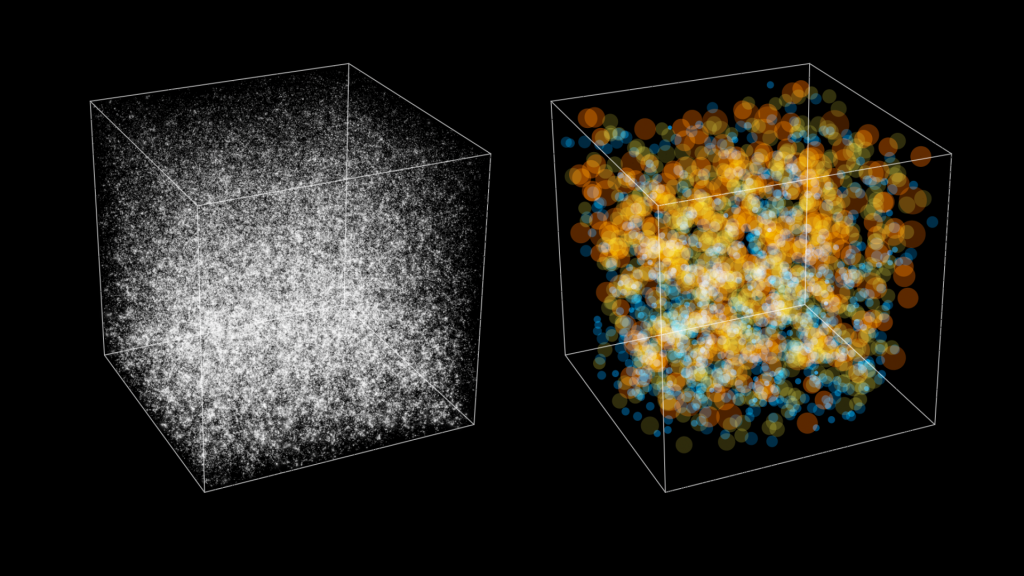1 min read
A Dying Star in Globular Cluster M15

The globular cluster Messier 15 is shown in this color image obtained with the NASA Hubble Space Telescope's Wide Field Planetary Camera 2 (WFPC2). Lying some 40,000 light-years from Earth in the direction of the constellation Pegasus, M15 is one of nearly 150 known globular clusters that form a vast halo surrounding our Milky Way galaxy. Each of these clusters is a spherical association of hundreds of thousands of ancient stars.
The image, prepared by the Hubble Heritage team, attempts to show the stars in M15 in their true colors. The brightest cluster stars are red giants, with an orange color due to surface temperatures lower than our Sun's. Most of the fainter stars are hotter, giving them a bluish-white color. If we lived in the core of M15, our sky would blaze with tens of thousands of brilliant stars both day and night!
Nestled among the myriads of stars visible in the Hubble image is an astronomical oddity. The pinkish object to the upper left of the cluster's core is a gas cloud surrounding a dying star. Known as Kuestner 648, this was the first planetary nebula to be identified in a globular cluster. In 1928, F. G. Pease, working at the 100-inch telescope of California's Mount Wilson Observatory, photographed the spectrum of K 648 and discovered the telltale bright emission of a nebular gas cloud rather than a normal star. In the ensuing 70 years, only three more planetary nebulae have been discovered in globular clusters.
The stars in M15 and other globular clusters are estimated to be about 12 billion years old. They were among the first generations of stars to form in the Milky Way. Our Sun, by comparison, is a youthful 4.6 billion years old. As a star like the Sun ages, it exhausts the hydrogen that fuels its nuclear fusion, and increases in size to become a red giant. Then it ejects its outer layers into space, producing a planetary nebula. The remnant star at the center of the nebula gradually dies away as a white dwarf.
Planetary nebulae are so named because their shapes reminded 18th-century astronomers with small telescopes of the round disks of planets. They are actually huge clouds of gas, glowing because of ultraviolet light emitted by the stars in their centers. The surface temperature of the central star of K 648 is about 70,000 degrees Fahrenheit (40,000 degrees Celsius), and analysis of the Hubble data indicates that the star's remaining mass is only 60 percent that of our Sun. The star's outer layers were ejected some 4,000 years ago.
The most massive stars use up their hydrogen first, and then less-massive stars in turn run out of fuel, become red giants, and fade away. For stars less massive than the Sun, some astronomers believe the evolutionary process to be so gradual that a visible planetary nebula will not form. At the present time, the most massive stars remaining in M15 have about 80 percent of the mass of our Sun, a fact that makes the existence of a planetary nebula like K 648 something of a mystery. The Hubble images used to make this image were taken to test the idea that the progenitor of K 648 may have "borrowed" some mass from a nearby stellar companion. No such companion was revealed by Hubble, so the mystery remains unsolved. One possibility is that the progenitor of K 648 was two stars, which then merged together to become the single star now seen at the center of the nebula.
The Hubble data on K 648 were obtained and analyzed by a team of Space Telescope Science Institute astronomers, including H. E. Bond, D. R. Alves, and M. Livio, who are interested in the origin and evolution of planetary nebulae and their central stars.
About the Object
- R.A. PositionR.A. PositionRight ascension – analogous to longitude – is one component of an object's position.21h 29m 58.38s
- Dec. PositionDec. PositionDeclination – analogous to latitude – is one component of an object's position.12° 10' 0.59"
- ConstellationConstellationOne of 88 recognized regions of the celestial sphere in which the object appears.Pegasus
- DistanceDistanceThe physical distance from Earth to the astronomical object. Distances within our solar system are usually measured in Astronomical Units (AU). Distances between stars are usually measured in light-years. Interstellar distances can also be measured in parsecs.About 40,000 light-years
- DimensionsDimensionsThe physical size of the object or the apparent angle it subtends on the sky.The image is about 17 light-years (86.5 arcseconds) in the vertical dimension.
About the Data
- Data DescriptionData DescriptionProposal: A description of the observations, their scientific justification, and the links to the data available in the science archive.
Science Team: The astronomers who planned the observations and analyzed the data. "PI" refers to the Principal Investigator.Principal Astronomers: H. E. Bond, D. R. Alves, M. Livio, L. K. Fullton, K. G. Schaefer (STScI)
- InstrumentInstrumentThe science instrument used to produce the data.HST>WFPC2
- Exposure DatesExposure DatesThe date(s) that the telescope made its observations and the total exposure time.December 1998, Exposure Time: 3.7 hours
- FiltersFiltersThe camera filters that were used in the science observations.F439W (β), F547M (Stromgren y), F502N ([O III]), F656N (Hα), F814W (I)
- Object NameObject NameA name or catalog number that astronomers use to identify an astronomical object.Messier 15, M15, NGC 7078
- Object DescriptionObject DescriptionThe type of astronomical object.Globular Cluster in the Milky Way Galaxy
- Release DateAugust 3, 2000
- Science ReleaseA Dying Star in Globular Cluster M15
- Credit
Share
Details
Claire Andreoli
NASA’s Goddard Space Flight Center
Greenbelt, Maryland
claire.andreoli@nasa.gov






























